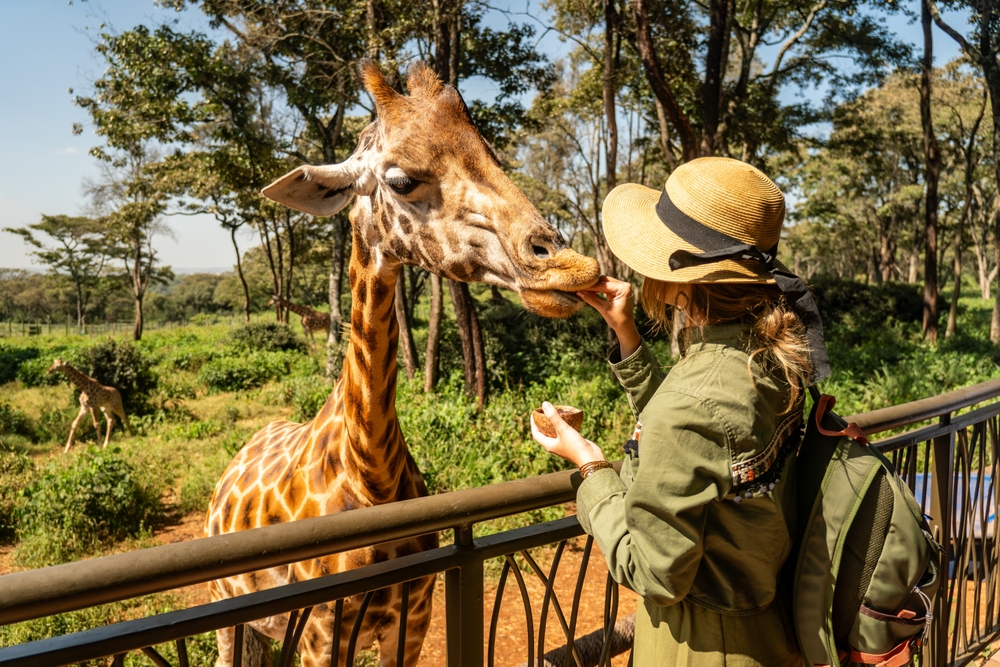The Resurgence of the Walking Safari: A Closer Look at the Oldest Form of Travel
Walking safaris are a transformative experience that lets travelers explore the wilderness on foot. This immersive form of travel allows for a heightened connection with nature and an opportunity to observe wildlife in their natural habitat. In this article, we delve into the historical context, current trends, and practical applications of walking safaris, backed by research and expert insights.

The History of Walking Safaris
The concept of walking safaris dates back to the ancient time when our ancestors roamed the earth. This was the only means of travel, and it was through walking that early humans discovered new territories, encountered wildlife, and gained a deeper understanding of the world around them. Over time, as society became more sophisticated, so did our modes of transportation. However, the primitive allure of the walking safari endured.
The Revival of Walking Safaris: A Growing Trend
In recent years, there has been a subtle but distinct shift in the travel industry towards more immersive experiences. Travelers are becoming increasingly discerning, seeking out adventures that allow them to connect with their surroundings on a more intimate level. In this context, walking safaris have re-emerged as a popular travel trend. They offer an antidote to the modern, fast-paced lifestyle, providing a chance to slow down and truly engage with the natural world.
The Experience: What to Expect on a Walking Safari
Walking safaris are far removed from the traditional vehicle-based game drives. Instead of being confined in a vehicle, travelers are free to explore the landscape, guided by an experienced tracker who ensures their safety. The experience is immersive and visceral; you can feel the earth beneath your feet, hear the sounds of the wilderness, and get up close with the wildlife. However, it is essential to remember that a walking safari is not a petting zoo. Respect for wildlife and their space is paramount for a rewarding and safe experience.
Pros and Cons of Walking Safaris
Walking safaris offer an unrivaled opportunity to connect with nature. They offer a deeper understanding of the ecosystem, as the slower pace allows for the observation of smaller creatures and plants often overlooked in vehicle safaris. Moreover, walking safaris have a lower carbon footprint compared to their motorized counterparts.
However, walking safaris also come with their set of challenges. They require a moderate level of fitness and can be physically demanding. Additionally, safety can be a concern, especially when encountering potentially dangerous wildlife.
Practical Tips for Walking Safaris
- Choosing the Right Guide: The success of a walking safari largely depends on the skill and knowledge of the guide. Ensure that the guide has ample experience and a good track record.
- Packing Essentials: Pack light, but ensure you carry essentials like comfortable walking shoes, a hat, sunscreen, and binoculars.
- Fitness Prep: Prepare your body for the physical demands of a walking safari with a regular exercise routine before your trip.
The Impact on Travelers
Walking safaris offer a unique and transformative experience. They challenge our perceptions, pushing us out of our comfort zones and forcing us to engage with nature on its terms. They offer a chance to slow down, to observe, and to appreciate the beauty and complexity of the natural world. This form of travel is not just about wildlife spotting; it is about understanding our place in the world and fostering a deeper connection with nature.
In conclusion, walking safaris represent a return to our roots, an embrace of the most ancient form of travel. They offer a unique perspective on nature, wildlife, and our relationship with the world around us. While they come with their challenges, the rewards are immeasurable, offering a travel experience that is truly one of a kind.






